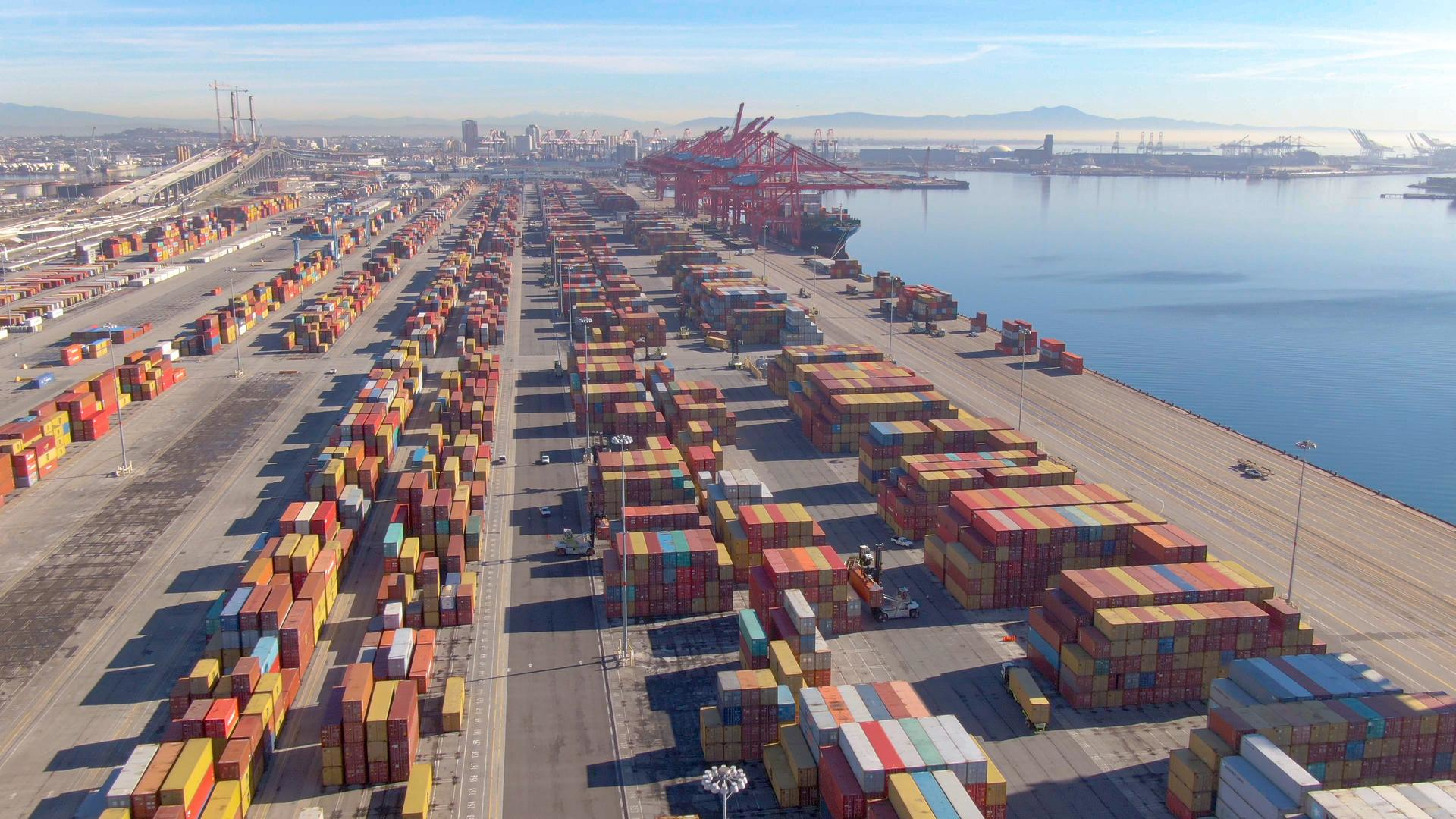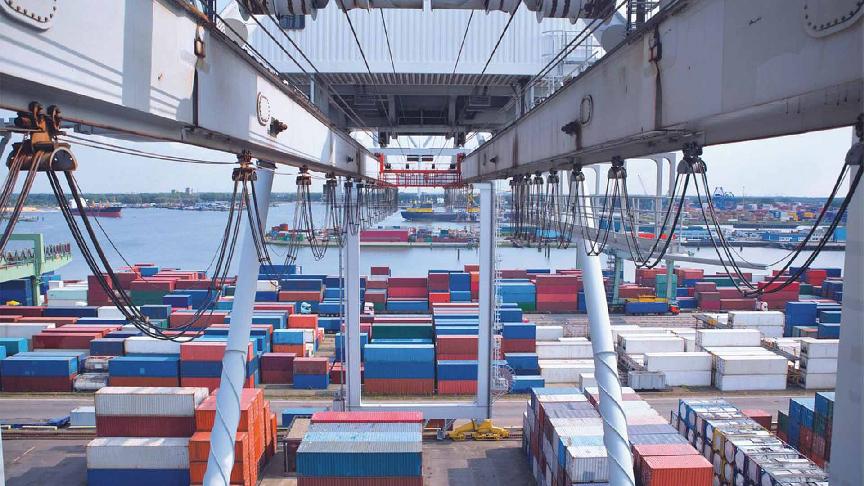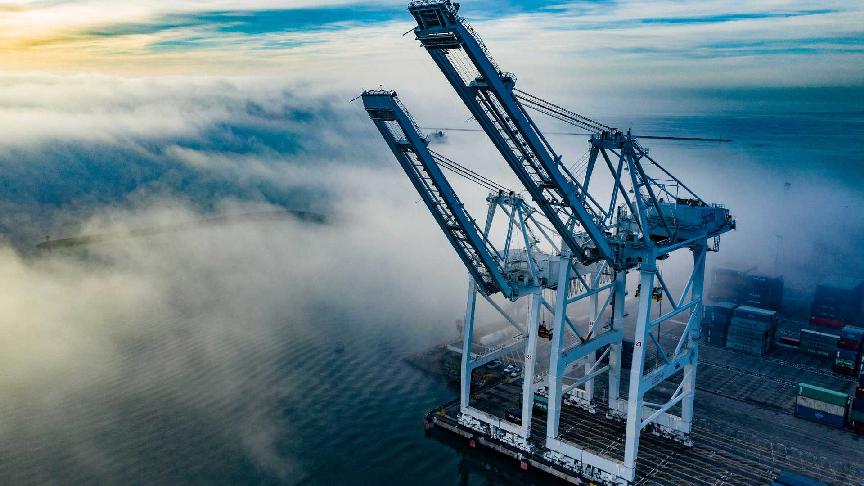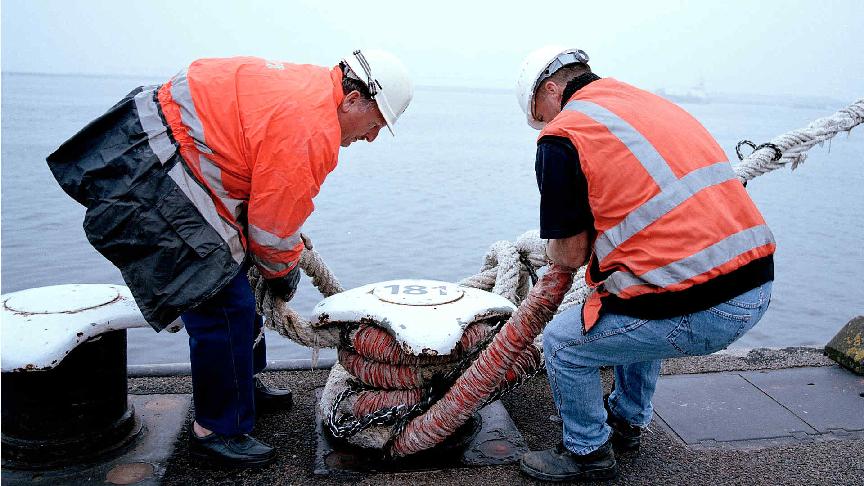10 November 2023 (Lloyd's List) - THE port of Los Angeles will fight to regain every possible container lost to the US east and Gulf coasts as it grapples with the new economic realities it faces.
Los Angeles, and neighbouring Long Beach, were at the eye of the congestion storm during the pandemic, when snarled up supply chains led to boxes stacking up in its terminals’ yards. At the peak, 109 boxships were queued up in San Pedro Bay waiting to enter the port complex.
But those days are long since gone.
“At the end of the first quarter, we were down 31% year on year, as expected, and down on the five-year average,” Port of Los Angeles executive director Gene Seroka told Lloyd’s List.
“My projection for 2023 is that we’ll end up at around 8.6m teu, which will be down 13% on the past year, so a major comeback from the first quarter.”
Historical comparisons are hard due to the extremes seen during the pandemic, and even in 2019, Los Angeles’ figures were affected by the tariff-driven trade war between the US and China, which saw large amounts of cargo front-loaded, leading to a weak second half of the year.
“We are starting to close that gap, but I am never satisfied with the amount of freight we are moving because every four containers we move creates one job regionally,” Seroka said. “One in nine jobs in Southern California emanate from the port’s performance.”
Congestion and the looming threat of strikes following the expiration of the west coast labour contract also saw volumes head to rival ports on the other side of the American continent.
But these moves had started earlier, with the opening of the new locks on the Panama Canal in 2016 and dredging and upscaling work at east coast ports.
“The market share decline has been taking place for the better part of 20 years,” Seroka said.
“Each time we have lost some market share for different reasons, some of it has stayed on the east and gulf coasts. But we are trying our level best to go after every pound of freight that we can. The six-year agreement between employers and the dockworkers is a great step forward.”
Cyclical spasm
Nevertheless, the container sector on which Los Angeles is so dependent is going through one of its cyclical spasms, and the outlook for growth is challenging. But Seroka remains optimistic.
“This economic era is unlike anything we have ever seen,” he said. “We have seen better than average economic growth in the US, buoyed by the strength of the American consumer, who continues to buy in the face of inflation and higher interest rates.
“We knew that services spending would increase after the pandemic, but retail sales are still good, and they expect growth of 4%-6% this year. That is not bad.”
The lack of a peak season in demand this year was more to do with inventory build-ups slowing economic activity, he added.
“The supply chain calendar has been off for so long now that the mismatches have been longer than many of us can recall,” Seroka said.
“This year, inventory levels remain very high and the inventory/sales ration remains at about 1.4 for some time. In more normal times, that is about 1.1.
He expects a “little bump” in demand ahead of next February’s lunar new year, then a return to normal seasonality.
“Higher interest rates mean higher inventory carrying costs so many companies are getting back to inventory replenishment that matches demand more closely.”
While he wants to see more cargo return to Los Angeles, Seroka is also adamant that the port decarbonise as quickly as possible, and that its tenant terminals do the same.
“At Los Angeles, we have and outsized role and responsibility to help to bring the many segments of the supply chain together, he said.
“We have natural convening powers to bring representatives to the table.”
He sees the port’s role as being to accelerate the development of new technologies and with finding the funding and investment capabilities needed to support them.
“Government funding is designed to give confidence to the private sector to come along and invest behind it,” Seroka said.
“We are trying to give them confidence that although these goals are challenging, we want to accelerate the technology.”
But the energy requirements are “phenomenal”.
“The draw from shore power alone can be so large that we know we have to take it in steps. We have seven terminals, with 2,000 pieces
of cargo handling equipment, yet they represent the lowest concentration of carbon emissions. So energy usage needs to be channelled
to where we can take out large chunks of pollution.”
While it was impossible to turn an entire industry to a new energy source overnight, this was where the initiatives such as green corridors start to make sense, he said.
“If we take the Shanghai-Los Angeles trade lane and reduce that lane’s pollution by 10% on the vessel side, that would be equivalent to all the port pollution in Los Angeles in a year,” Seroka said.
“That is the order of magnitude we are talking about. If we can test the propulsion systems the carriers are developing and see what works and doesn’t, we can help improve things and generate new opportunities.”
Port collaboration
Collaborations with other ports and with government agencies will become a bigger part of Seroka’s remit with his appointment as regional vice-president for North America region at the International Association of Ports and Harbours.
Among the first challenges will be the imminent introduction of the Maritime Single Window, an International Maritime Organization initiative to standardise how ports use and share data, which comes into effect on January 1.
“While some feel the single window has come fast, there have been years of planning,” he said. “As imperfect as the timing may be, it is yet another good step for the industry.”
Los Angeles introduced its first integrated port community system in 2016, and Seroka said the technology had been invaluable during the peak of congestion.
“There maybe a bit of start and stop, but the single window goal is to lift the power of information. We will just have to meet the challenges as they happen,” he said.
“There will be challenges for certain locations. But it is the role of the IAPH to help collaborate and help fill the gaps from January and beyond. We can help raise up those areas that may need assistance at this time or in the future.
“It will not be perfect, and we must all temper our expectations, but this is a great step forward for our industry and if we can keep this model of continuous improvement in mind, I think we’ll see good results.”







